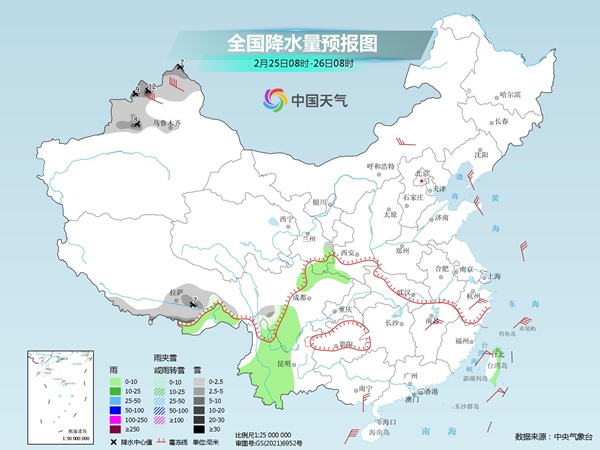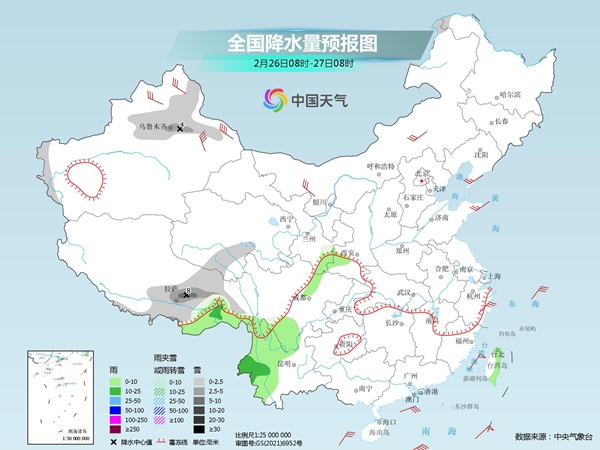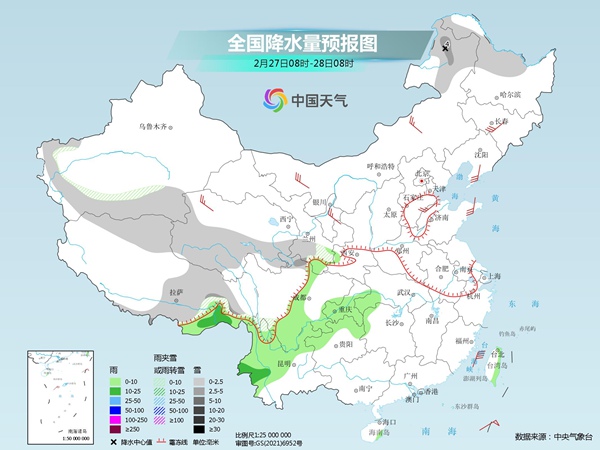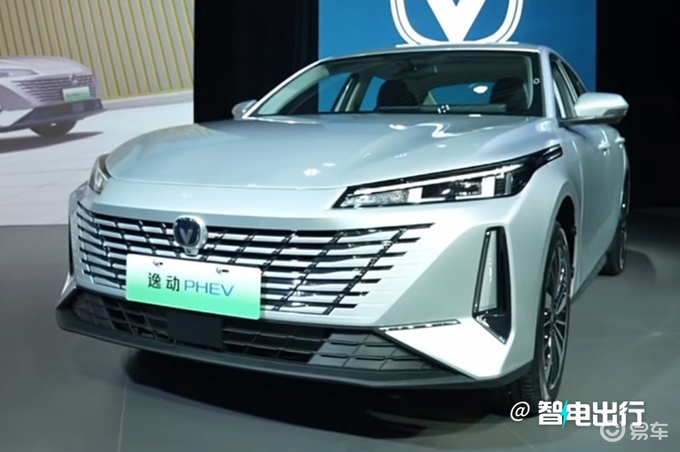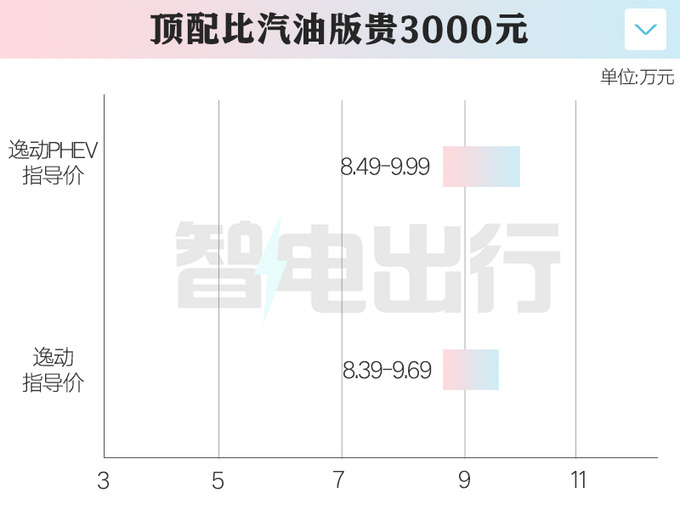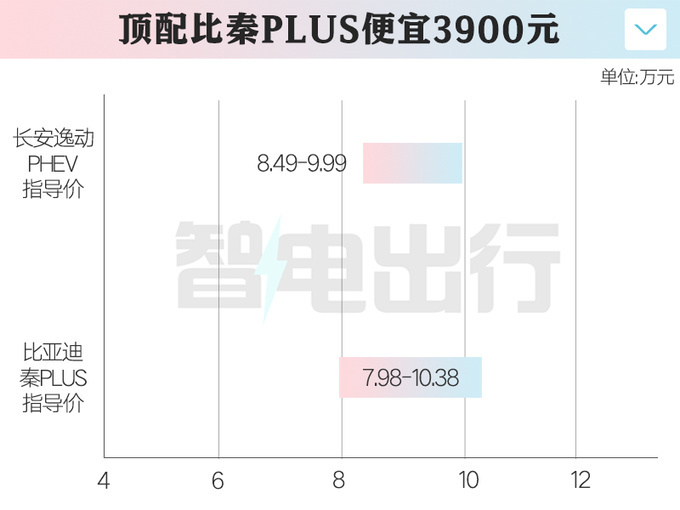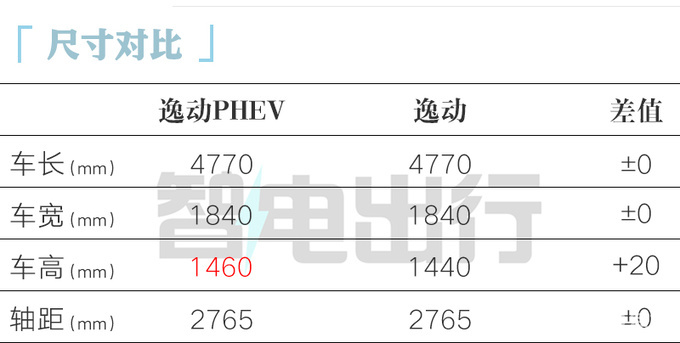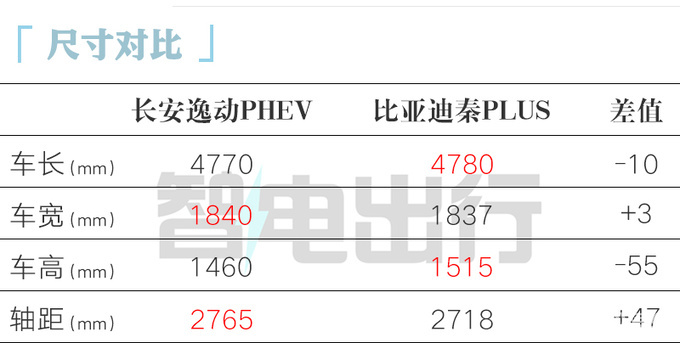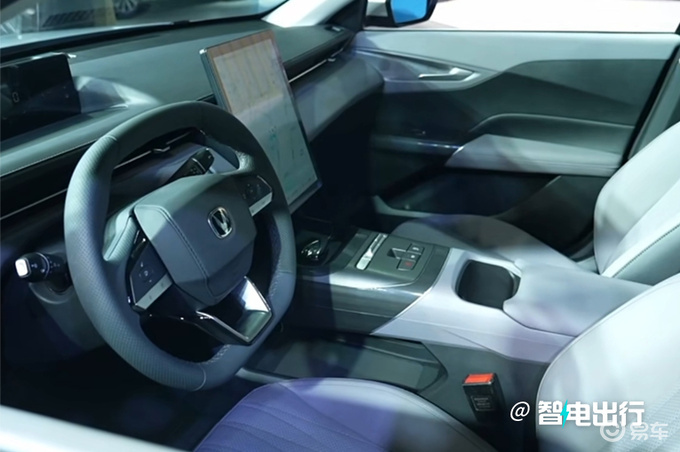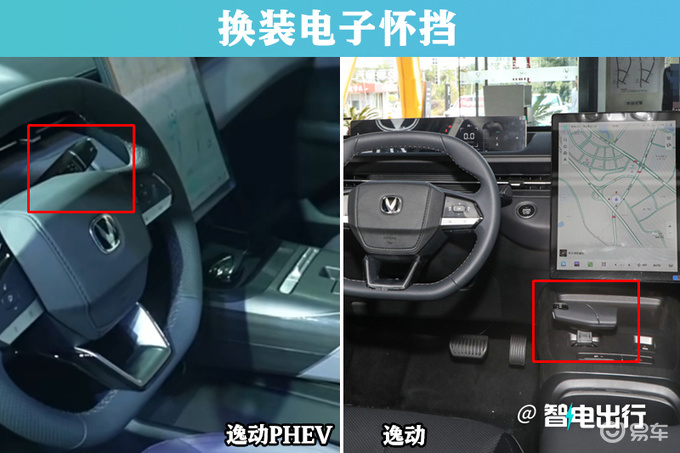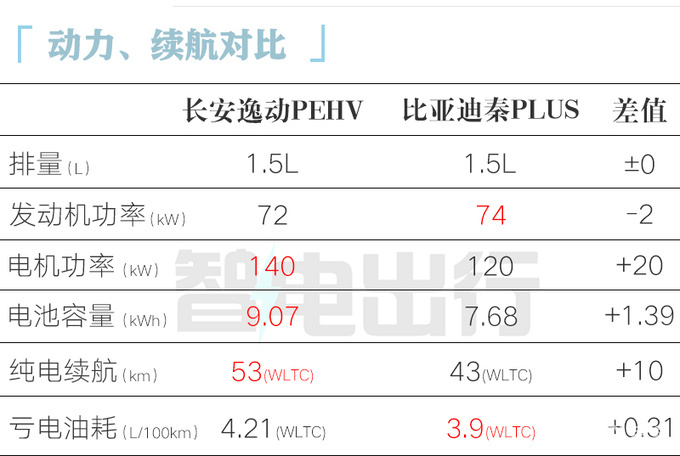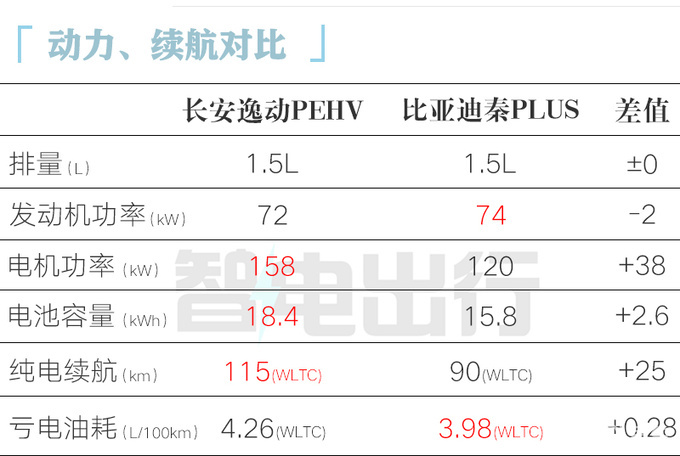Yuefuban [2018] No.40
General Office of Guangdong Provincial People’s Government on Deepening
Suggestions on the implementation of the integration of production and education
People’s governments at the local level and listed, people’s governments of counties (cities, districts), departments and institutions directly under the provincial government:
In order to thoroughly implement the Supreme Leader’s Socialism with Chinese characteristics Thought in the new era, thoroughly implement the spirit of the 19th National Congress of the Communist Party of China and the Second and Third Plenary Sessions of the 19th Central Committee, thoroughly implement the spirit of the important speech of the General Secretary of the Supreme Leader, further deepen the integration of production and education in our province, and promote the organic connection between the education chain and talent chain and the industrial chain and innovation chain, according to the relevant requirements of Several Opinions of the General Office of the State Council on Deepening the Integration of Production and Education (Guo Ban Fa [2017] No.95), with the consent of the provincial people’s government, we hereby propose the following implementation.
First, build a pattern of integrated development of education and industry
Combined with the comprehensive implementation of innovation-driven development, rural revitalization, "one core, one belt and one district" and other strategic arrangements in our province, the integration of production and education will be incorporated into the national economic and social development, the education and industrial structure will be optimized as a whole, and the policies and measures, support methods, realization paths and major projects for the integration of production and education will be planned simultaneously. Prepare a special plan for the integration of production and education in our province, and clarify the positioning, objectives, tasks and development paths of various schools such as research universities, applied undergraduate courses and vocational colleges (including technical colleges, the same below). In-depth implementation of the "first-class, short-board, strong characteristics" promotion plan for higher education, focusing on strengthening the construction of high-level universities, creating first-class disciplines, improving the supply capacity of high-end innovative talents, and strengthening key common technologies, cutting-edge leading technologies, modern engineering technologies and subversive technological innovations; Incorporate the integration of production and education into the performance evaluation system of colleges and universities, and give special rewards to colleges and universities that have outstanding performance or achieved outstanding results in the integration of production and education. Accelerate the transformation and development of application-oriented undergraduate colleges, highlight professional characteristics, strengthen collaborative education, and cultivate high-quality talents to meet the needs of modern industries; Support Shanwei, Yangjiang and Jieyang, which have not yet set up undergraduate colleges, to give priority to the construction of application-oriented undergraduate colleges. Implement the construction plan of high-level vocational colleges, run at least one vocational college and several secondary vocational schools in each city, and create a number of high-level technician colleges; Accelerate the construction of provincial vocational and technical education demonstration base (Qingyuan). Guide the resources of vocational education (including technical education, the same below) to concentrate in industrial and population gathering areas,High-tech zones, development zones, industrial parks and professional towns all over the country cooperate with at least one vocational college to carry out professional construction and personnel training.
Second, promote the precise docking between disciplines and industries.
According to the characteristics of Guangdong’s industrial cluster development, the construction plan of key professional clusters is formulated. Establish an appraisal system for the setting of disciplines and majors in which industries and enterprises participate, and improve the mechanism for setting up new majors scientifically according to social needs, school-running ability and industry guidance. Aim at the strategic emerging industries in our province, promote universities to optimize the discipline structure, and promote the development of interdisciplinary and emerging disciplines. Adjust and optimize the setting of traditional engineering majors to promote the transformation and upgrading of traditional industries. Actively support the construction of disciplines that are in short supply in social fields such as home economics, health, nursing, pension, culture and tourism. Adapt to the development needs of new technologies, new industries, new formats and new models, and accelerate the construction of a number of new engineering majors such as robotics, big data and artificial intelligence. Carry out the construction of demonstration majors in technical colleges and build a number of provincial key majors and characteristic majors. Establish a list of talents in short supply in our province, and compile and publish a list of professions and occupations (jobs) of talents in short supply annually. Strengthen the effective adjustment of the employment market to the supply of talents, promote the sharing of human resources and social security data with education data, and further improve the annual report system of employment quality of college graduates. Strictly implement the early warning and withdrawal mechanism of specialty setting, and guide schools to suspend enrollment or cancel specialty setting for majors with similar settings and low counterpart employment rate.
Third, promote the collaborative education between production and education
Improve the classified training system for academic talents and applied talents in higher education, and increase the proportion of applied talents. Introduce policies and measures to support the construction of industrial colleges, integrate related disciplines and specialties according to the industrial needs of the industry, and set up interdisciplinary and interdisciplinary industrial colleges. Deepen the comprehensive reform of professional degree graduate education and promote the construction of joint training base for graduate students. Deepen the reform of the school-running system of full-time vocational colleges and promote the combination of vocational colleges with enterprises, industries and parks. Select technical and practical majors, fully implement modern apprenticeship system and new enterprise apprenticeship system, promote the connection between school enrollment and enterprise recruitment, clarify the "dual identity" of student apprentices, and strengthen the implementation of "dual subject" of schools and enterprises. We will promote the cooperation between schools and enterprises to build majors, compile teaching materials, set up integrated courses of work-study combination and jointly build practical platforms, implement task-based training mode oriented to the real production environment of enterprises, and carry out multi-level cooperation in running schools, such as schools and enterprises, majors and enterprises, and classes and enterprises. Promote the "3+1" application-oriented talent training mode of school-enterprise cooperation, and build an integrated training program based on ability; Students in application-oriented undergraduate colleges have accumulated no less than one academic year in internship training, and the practical teaching hours in vocational colleges are not less than 50% of the total class hours.
Fourth, strengthen the construction of teaching staff with integration of production and education.
Support enterprise technical and management talents to teach in schools, and encourage qualified cities to explore and implement special post plans for industrial teachers (tutors). Improve the teacher qualification standards and professional and technical positions (titles) evaluation and employment methods that meet the characteristics of vocational education and application-oriented universities. Formulate relevant methods for selecting industrial professors in colleges and universities, encourage colleges and universities to introduce teachers with working experience in industrial enterprises, and optimize the structure of college teachers. Establish a green channel for teachers in vocational colleges, and schools can employ high-skilled leading talents by direct assessment. Establish a system of mutual part-time jobs for teachers in vocational colleges and professional technicians in enterprises. With the consent of the school or enterprise, if teachers in vocational colleges and professional technicians in enterprises and vocational colleges work part-time, their salaries can be determined according to relevant regulations and mutual agreement. The reward income from the transformation of scientific and technological achievements obtained by school teachers according to law, the reward income from vocational skills competitions and the labor income from training for the society are separately verified according to the facts, and are not included in the unit performance pay control base. Strengthen the training of "double-qualified" and "integrated" teachers in vocational colleges, improve the standards and methods for identifying "double-qualified" and "integrated" teachers, and strive to achieve 60% of professional teachers in vocational colleges in our province by 2022.
Five, improve the reform of the entrance examination.
Smooth the channels for students in vocational colleges to enter higher education, and steadily promote the connection between secondary vocational colleges, higher vocational colleges and higher vocational colleges, and strive to achieve 30% of secondary vocational graduates entering higher vocational colleges by 2022, and 30% of secondary vocational graduates will be recruited by undergraduate colleges. Improve the recruitment mechanism of technician schools and explore the establishment of a system of recruiting high school graduates on the same platform for technician colleges and higher vocational colleges; Implement technical schools into the unified enrollment platform system of local secondary vocational schools. When adjusting and optimizing the enrollment structure of colleges and universities and issuing the annual enrollment plan for colleges and universities, we will focus on supporting colleges and universities with increased enrollment of science and engineering majors. Pilot application-oriented undergraduate colleges and enterprises jointly carry out directional enrollment, and the enrollment plan is issued separately as a special plan, which does not account for the number of school enrollment plans. The new postgraduate enrollment plan is inclined to universities that undertake major national and provincial science and technology projects, research topics, lack of high-level talents training, and outstanding achievements in school-enterprise cooperation. Optimize the financial allocation system per student, and encourage application-oriented undergraduate colleges and vocational colleges to expand the enrollment of new engineering majors and other scarce majors; When adjusting the conversion coefficient of per capita funding, science, engineering, medicine and other scarce majors should be appropriately tilted.
Six, promote the "streamline administration, delegate power, strengthen regulation and improve services" reform of education.
Universities and vocational colleges can make their own recruitment conditions and organize their own open recruitment according to the requirements of relevant policies, and the employment results will be reported to the human resources and social security department for the record. Colleges and universities, vocational colleges can independently determine the internal institutional settings within the approved institutional establishment and the total number of positions, and report them to the establishment department for the record. Gradually liberalize the college enrollment plan, and within the approved school scale, higher vocational colleges will independently determine the annual enrollment plan and report it to the education department for the record. In addition to the state-controlled distribution of specialties, vocational colleges can independently set up vocational education majors, and higher vocational and secondary vocational colleges report to the education department for the record, and technical colleges report to the human resources and social security department for the record. Matters reported by the school to the relevant departments for the record shall be settled within 10 working days in principle, and shall not be examined and approved in disguised form in any form by submitting the matters for the record to the office meeting or relevant committees for research.
Seven, give play to the important role of the enterprise.
Formulate pilot implementation measures for mixed-ownership vocational colleges. State-owned enterprises run vocational colleges, which can arrange per capita funding according to the standards of public schools where the schools are located, and the required funds are guaranteed according to the original channels. Support enterprises to deeply participate in education and teaching reform, participate in school professional planning, teaching material development, curriculum setting, practice and training, etc. Carry out the national basic vocational training package system and vigorously develop vocational training packages in combination with skill appraisal and evaluation; According to the development cost, the newly developed vocational training package that meets the requirements after evaluation will be subsidized by 100,000-300,000 yuan through employment promotion funds. Enterprises that carry out modern apprenticeship and new enterprise apprenticeship training shall be given vocational training subsidies according to regulations. Implement the training system for enterprise employees, and fully withdraw the education and training funds according to 1.5%-2.5% of the total wages of employees, so as to ensure that more than 60% of the education and training funds are used for front-line employees; Failure to withdraw and use education and training funds according to regulations and refusal to correct them shall be included in the enterprise credit record. Formulate the evaluation criteria and incentive methods for "production-education integration" enterprises, and identify enterprises that have achieved remarkable results in personnel training and cooperation between production, teaching and research as "production-education integration" enterprises. Economic and information departments at all levels will give priority support in technological transformation subsidies and the identification of enterprise technology centers, while science and technology, development and reform departments will give priority support in the construction of enterprise innovation platforms.
Eight, promote the collaborative innovation of production and education.
Applied and engineering research projects led by universities and scientific research institutions should, in principle, be attended by industry enterprises and work out the results transformation scheme. Guide colleges and universities to take the actual demand of enterprise production as an important source of engineering technology research topics. Carry out intellectual property analysis and evaluation, improve the post-research evaluation system of colleges and universities, and regard the transformation of achievements as an important content of project and talent evaluation. Establish a professional title evaluation orientation that encourages the transformation of scientific and technological achievements, and technology transfer projects can replace vertical projects to participate in professional title evaluation. Strengthen the construction of enterprise technology centers and technological innovation platforms in colleges and universities, and encourage key enterprises in the industry, universities and vocational colleges to jointly build key laboratories, engineering research centers, industrial innovation centers, technological innovation centers, pilot projects and engineering bases. Establish an incentive mechanism for the open sharing of major scientific and technological infrastructure, and promote enterprises, universities and scientific research institutions to share innovative resources such as talent intelligence, instruments and equipment, experimental platforms and patent basic information. Vigorously support teachers and students in vocational colleges to carry out scientific research and development and innovative inventions, and actively guide small and medium-sized enterprises to participate in scientific and technological incubation. Use industrial investment funds and innovation and entrepreneurship funds to support the industrialization of innovation achievements and core technologies in colleges and universities, and strive to cultivate high-quality intellectual property rights.
Nine, strengthen the platform carrier construction
Establish a social organization that serves the integration of production and education with the participation of schools, industrial enterprises and scientific research institutions, carry out talent demand forecasting, and promote the cooperation and docking between schools and enterprises. We will build a comprehensive information service platform covering the whole province, gathering all kinds of information such as talent supply and demand, school-enterprise cooperation, project research and development, technical services, and providing accurate information release, retrieval, recommendation and other related services to all kinds of subjects. Hold talks on the integration of production and education, and organize schools, enterprises, industrial parks and other subjects to cooperate in education and training, project cooperation, technology research and development and other fields. Establish a statistical evaluation system for the integration of production and education, and organize a third party to evaluate the efficiency of the integration of production and education. The evaluation results will serve as an important basis for performance appraisal, investment guidance, pilot selection, commendation and encouragement. Strengthen the construction of public training bases, support leading enterprises, schools and social training institutions to jointly build independent public training bases, and provide local students with training practice places based on real production projects and jobs; Conditional cities can give some subsidies according to the number and hours of internship received by the base.
X. Promote the integration of production and education in Guangdong-Hong Kong-Macao Greater Bay Area.
We will support the approved universities in Hong Kong and Macao to carry out independent pilot projects in Guangdong, support universities in Hong Kong and Macao to deepen cooperation in scientific research and education with universities in the Pearl River Delta region, promote mutual visits of personnel, mutual recognition of credits, mutual awarding of degrees and sharing of facilities, jointly build superior disciplines, laboratories and research institutions, and jointly develop an educational framework, teaching standards and teaching material system that meets international industry standards and adapts to regional development. Taking our province as the first to recognize the professional qualifications of Hong Kong and Macao as the guide, we will promote the mutual evaluation and recognition of professional qualifications among Guangdong, Hong Kong and Macao, and allow professional technicians and service personnel from Hong Kong and Macao who have obtained professional qualifications to provide professional services in Guangdong. Actively introduce foreign high-quality school-running resources, introduce world-renowned universities and characteristic colleges to cooperate in running schools, and support applied undergraduate colleges and higher vocational colleges to cooperate with foreign high-level Universities of Applied Sciences in running schools. Support the Chinese University of Hong Kong (Shenzhen), Guangdong-Israel Institute of Technology, Shenzhen-MSU, Beijing Normal University-Hong Kong Baptist University Joint International College to establish high-level regional collaborative innovation centers. Accelerate the construction of international campus of South China University of Technology.
Eleven, to carry out the pilot construction of integration of production and education.
Vigorously support cities, schools and enterprises to strive for national pilot tasks, and declare the national integration of production and education development projects. Formulate a pilot program for the integration of production and education in our province. The first batch of 2-4 cities in Guangdong, East and West and the Pearl River Delta region will be selected to carry out provincial-level pilot projects, and the pilot tasks, selection methods, objectives and requirements will be clarified, and the support and incentive policies will be improved, focusing on pilot tasks such as personnel training, Industry-University-Research cooperation, industry-education alliance, and running schools with mixed ownership. The main body responsible for the pilot task will give key support in the arrangement of the national and provincial integration development projects. In conjunction with the third party to carry out the pilot evaluation of the integration of production and education, after about 3 years of construction cycle, sum up the pilot experience, do a good job of typical guidance, and gradually promote it throughout the province.
XII. Improve the policy support system
Make good use of the existing special funds for provincial education development, industrial development and scientific and technological development, and support the project construction and the pilot work of integration of production and education, such as the discipline and specialty system and internship platform that connect with the industrial chain. Give full play to the guiding role of government investment funds, and drive financial institutions to invest in qualified production-education integration projects. Guide banking financial institutions to innovate service models and develop diversified financing varieties suitable for the characteristics of the integration of production and education projects. Actively support qualified enterprises to carry out equity financing in the capital market, issue bonds in the Shanghai and Shenzhen stock exchanges and the national interbank market, and increase investment in the project of production-education integration training base. Encourage insurance companies to speed up the development of student internship liability insurance and personal accident insurance products, and set special rates for modern apprenticeship and new enterprise apprenticeship insurance. Implement the preferential tax policies for schools and enterprises to carry out education and training, internship and training, and the Provincial Taxation Bureau takes the lead in formulating specific operational guidelines for various preferential tax policies, and widely organizes publicity. The land for the construction of schools invested by enterprises or in cooperation with the government shall be managed according to the land for education, and the land for non-profit private educational facilities that conforms to the catalogue of allocated land may be provided by way of allocation.
Deepening the integration of production and education is an important measure to promote the structural reform of the supply side of human resources, which is of great significance to comprehensively improve the quality of education, expand employment and entrepreneurship, promote economic transformation and upgrading, and cultivate new kinetic energy for economic development under the new situation. All localities and relevant departments should attach great importance to it, strengthen organizational leadership and coordination, clarify the division of responsibilities, improve the evaluation system, strengthen supervision and inspection, and ensure that all work is implemented. It is necessary to strengthen propaganda and mobilization and public opinion guidance, and actively create a good atmosphere in which the whole society fully understands, actively supports and actively participates in the integration of production and education.
Attachment:Division of key tasks
General Office of Guangdong Provincial People’s Government
August 23, 2018

